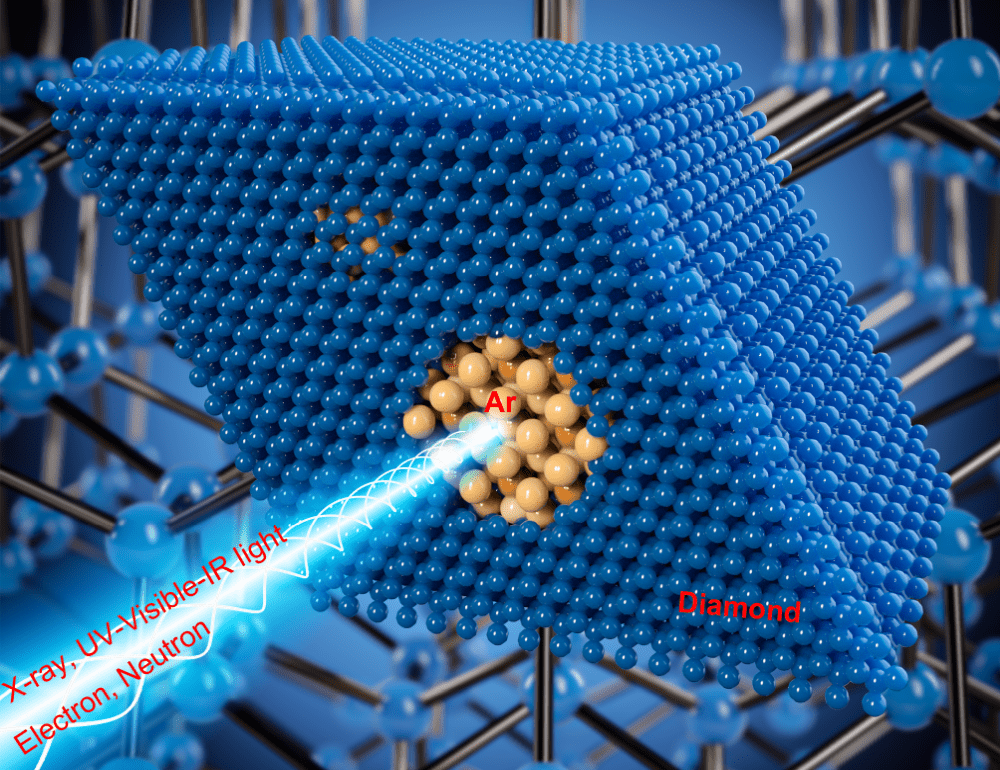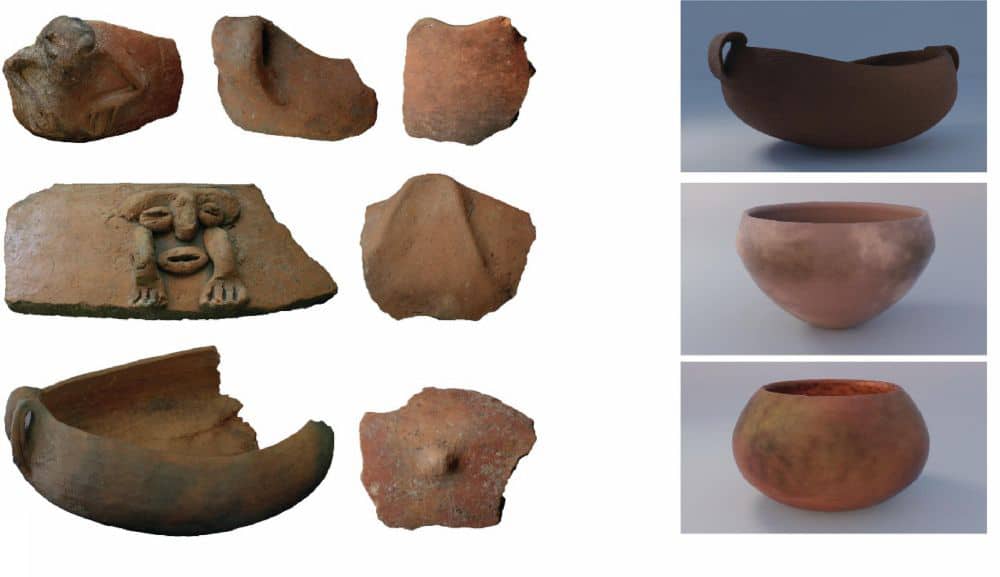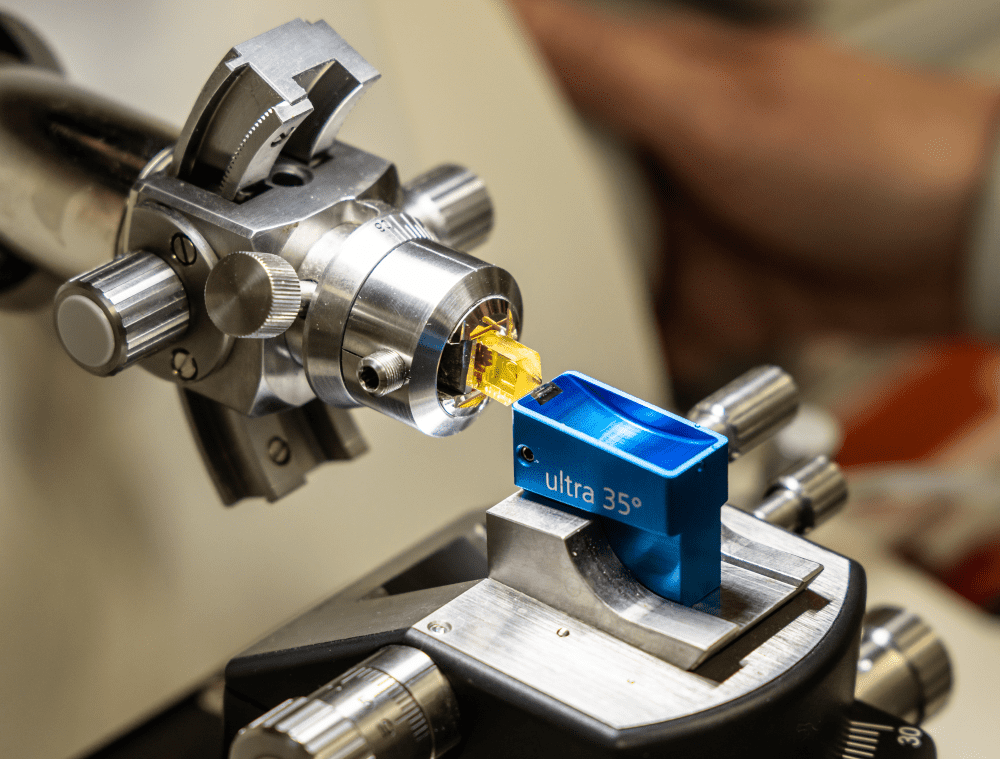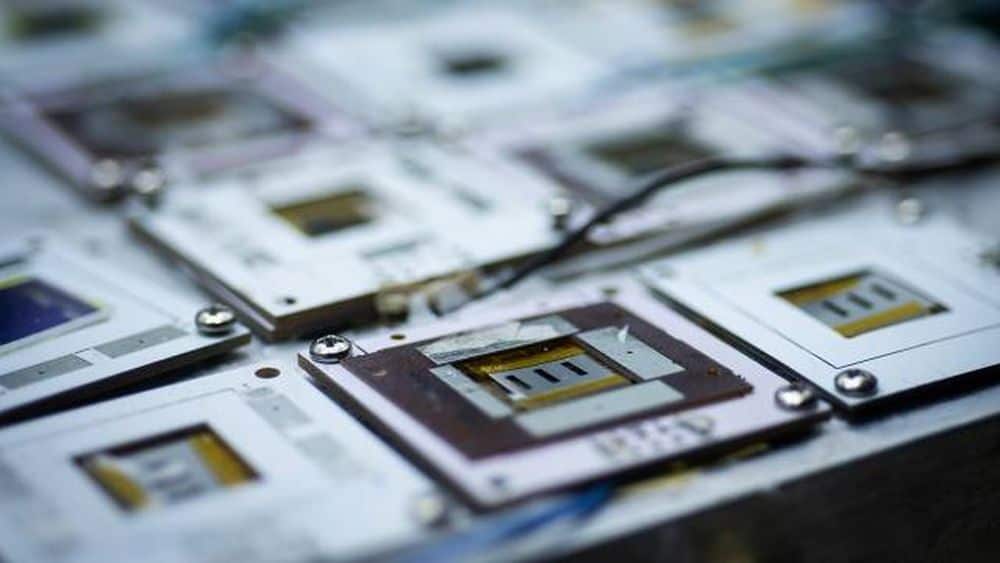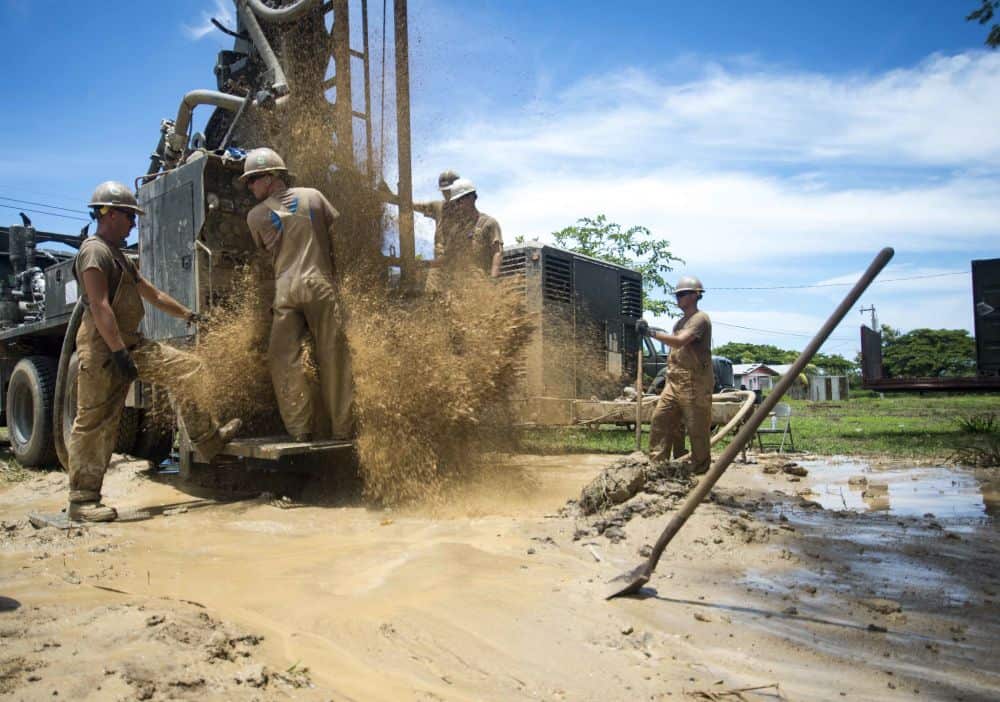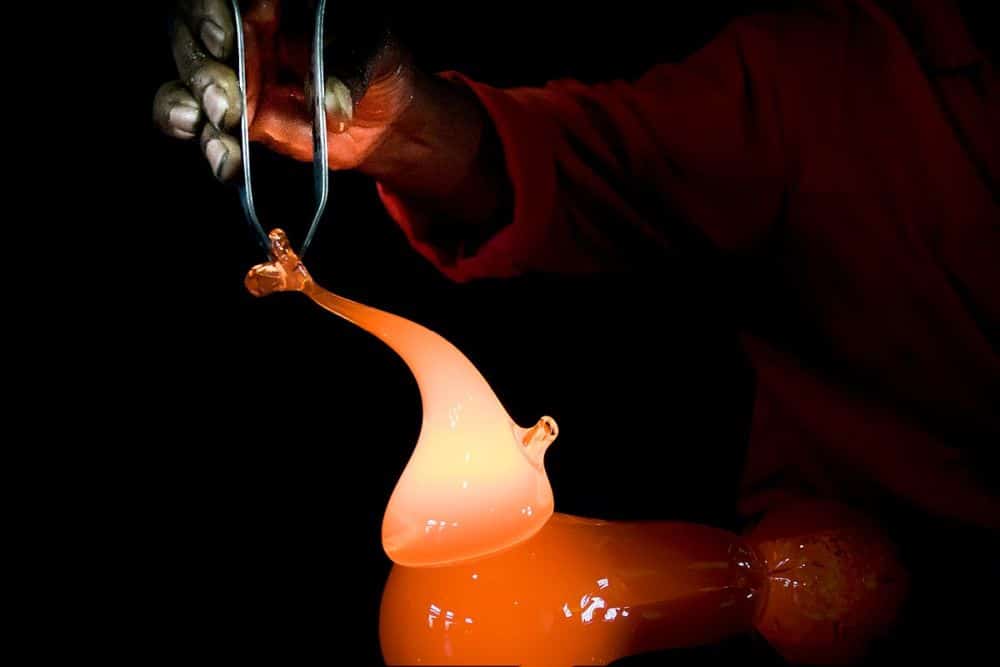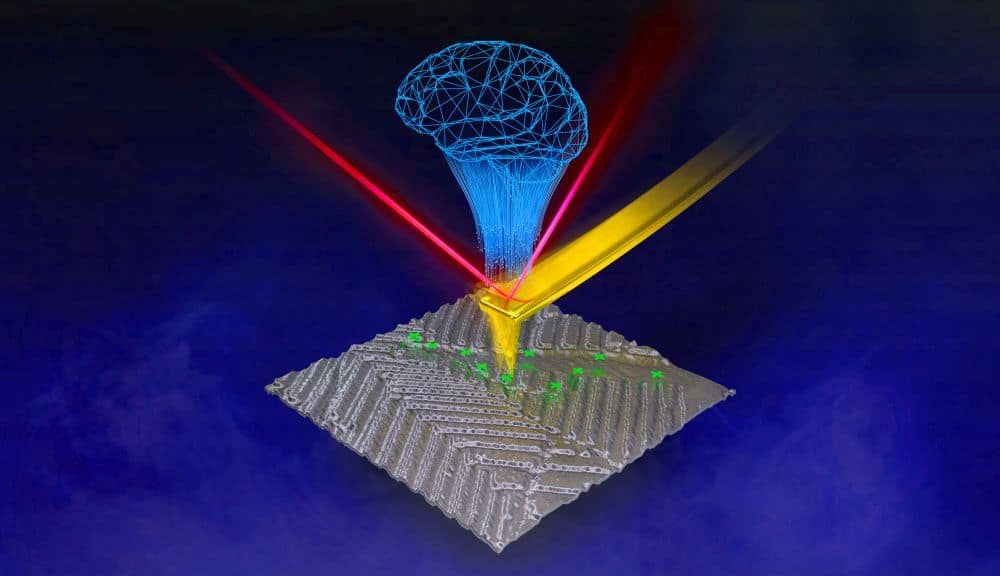Preserving high-pressure states of novel materials at ambient conditions is a long-sought-after goal for fundamental research and practical applications. A recent joint project by researchers in China and the United States showed that properties of high-pressure materials can be maintained in free-standing, nanostructured diamond capsules without the support of traditional bulky pressure vessels.
Read MoreMona Passage, a strait which separates the islands of Hispaniola and Puerto Rico, is believed to have served as a reception area for migration groups during the early Common Era. A recent open-access study contends that despite there being a broader regional network of interaction, the stable manufacturing tradition suggests a cultural continuity in the communities that lived there.
Read MoreThe use of data-driven methods to tailor the growth characteristics, stability, and mechanical properties of M7C3-type carbides is hindered by ambiguity surrounding the carbide’s structure. To overcome this uncertainty, researchers from the United States and Israel used a variety of imaging techniques to reveal the atomistic structure of M7C3 carbides.
Read MoreAs part of the IYoG celebrations, ACerS’ “Glass: Then and Now” series is highlighting ACerS journal articles each month that support advancement in glass science and technology. The focus this month is glass relaxation.
Read MoreAs the lifetime of perovskite solar cells improves, accelerated aging tests are needed to determine their long-term stability. Researchers at Princeton University and Linköping University proposed a new method for performing accelerated aging tests on perovskites—and demonstrated their newly developed perovskite cell may last up to 30 years in operation.
Read MoreDuring borehole drilling operations, bentonite-based drilling mud mixes with excavated soil materials, which may drastically affect the mud’s rheological properties. Researchers in France developed a phenomenological model to quantify the yield stress of bentonite muds mixed with other clays.
Read MoreDeviations in the reported ionic conductivity of nominally identical ceramic electrolytes can be attributed in part to differences in the measurement and analysis methods used. Researchers in Germany developed a harmonized testing procedure that facilitates reliable assessment of errors that are due to inherent sample properties rather than analysis-related choices.
Read MoreAs part of the IYoG celebrations, ACerS’ “Glass: Then and Now” series is highlighting ACerS journal articles each month that support advancement in glass science and technology. The focus this month is viscosity and fictive temperature.
Read MoreStoring data generated by sophisticated microscopy instruments is quite easy, but accessing, interpreting, and acting on the terabytes of data is challenging. Two recent papers offer interesting approaches to interacting with electron microscopes and the data they produce.
Read MoreThe common way to test alkali resistance of aluminosilicate refractories is based solely on visual observation after exposure to alkali vapor. Allied Mineral Products researchers explored a new procedure that would subject refractories to both visual analysis and formal analytical testing after exposure to alkali slag and vapor.
Read More
